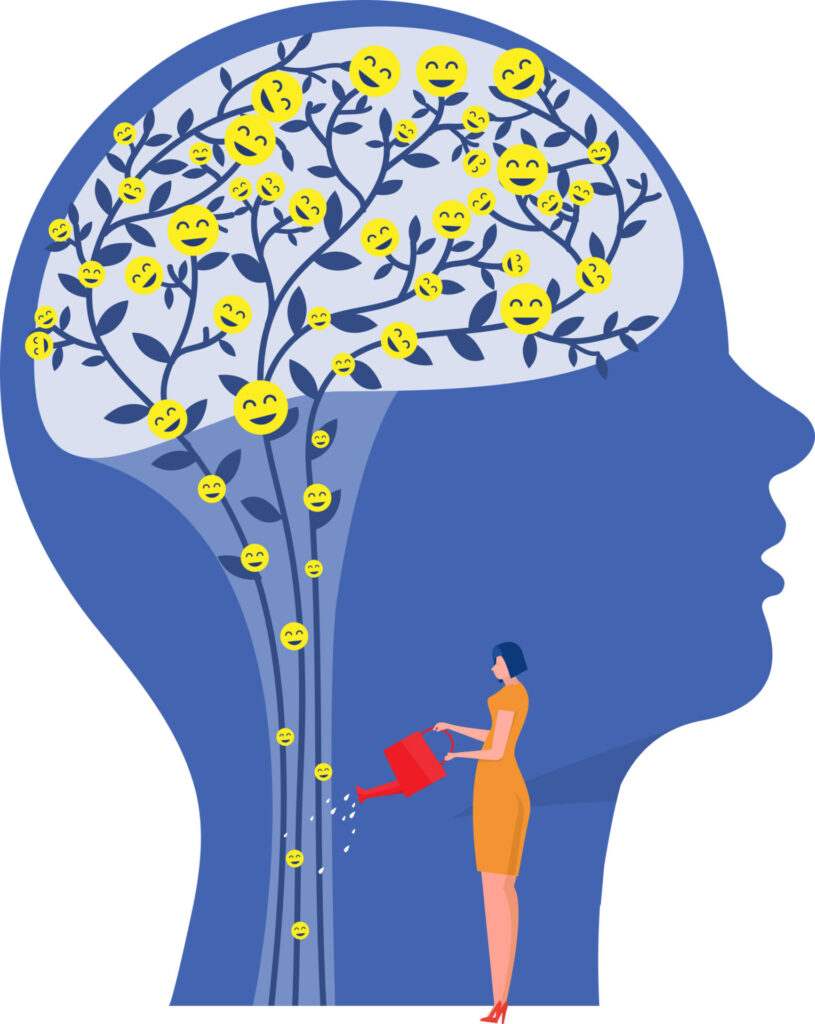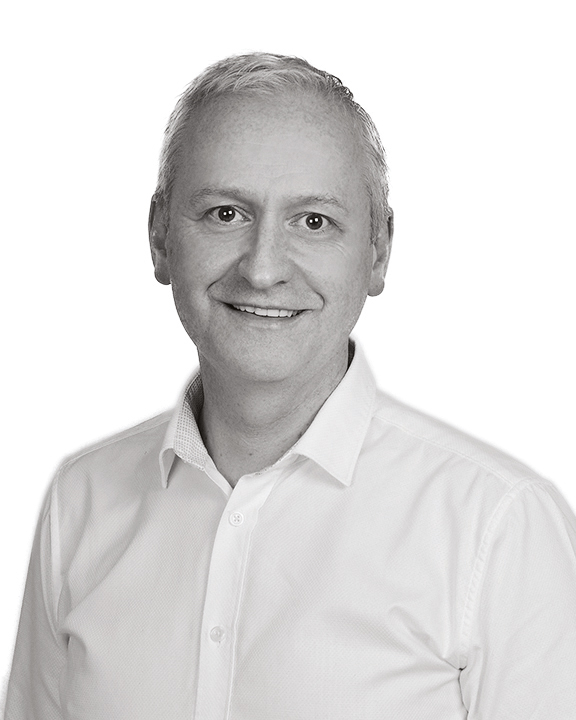Home » Medicine, mindset and the power of expectation
In his column this month, community pharmacist and positive psychology practitioner Séamus Ruane, looks at the power of expectation and suggests that pharmacists shift from risk aversion to science informed optimism, when counselling patients.

Over my many years, indeed decades, as a pharmacist I have handed countless prescriptions into the hands of patients. Everything from antibiotics to antidepressants, blood pressure tablets to statins. With every interaction I strive to remind myself that every prescription is more than an instruction from a prescriber, but a potential pathway to better health, relief from suffering, and improved quality of life.
From an early stage in my career, I found it somewhat curious that at the point of handing over the potential life enhancing medication, the format is to inundate the patient with warnings and cautions, emphasising the fine print on the patient information leaflets, with the focus almost entirely on what might go wrong. And while being informed is essential, it seemed to me the conversation was rarely balanced with what might go right.
I was reminded of this imbalance over the summer as I read David Robson’s excellent book The Expectation Effect. Robson explores how our expectations can shape reality, not just mentally, but physically, and biologically. Drawing from psychological and neurological research he shows that beliefs and expectations can influence everything from memory and metabolism to aging and stress.
Of particular interest, when it comes to the role of the pharmacist are the following;
With regard to the nocebo effect, Robson highlights studies showing that when patients expect side effects, they are more likely to experience them, even if they are taking a sugar pill. In one trial, participants were given a harmless tablet and told it may cause gastrointestinal discomfort. Many of then soon reported symptoms. Why? Because the expectation of harm produced real, measurable discomfort.
We are all familiar with occasions where patients go home and consult with Doctor Google as to the likely side effects of their medication and proceed to experience every single one of them! This has obvious knock-on effects for patient compliance and medication adherence. Who among us would want to willingly take a medication that is so ‘toxic’? It is inaccurate and dismissive to throw our eyes up to heaven and fall back on the ‘it’s all in the head’ narrative.
This then creates a dilemma for the pharmacist, an obvious pull between our duty to inform versus the power of suggestion. As pharmacists we have a legal and ethical responsibility to inform patients about possible side effects, and that is non-negotiable. But we also have an obligation to do no harm, and when we present information without providing context, we can inadvertently trigger the nocebo effect.
Here is an example: A patient presents to the pharmacy with a prescription for an SSRI to treat anxiety. I explain that nausea is a possible side effect. If I stop there, I’ve done the bare minimum. But if I also say ‘Many people feel a bit queasy for the first few days, but this is usually mild and passes quickly. Most people feel significantly better within a few weeks’, then I’ve painted a fuller picture. I’ve informed the patient and helped shape an expectation that supports recovery and an easing of their symptoms.
What this emphasises is that our framing really matters. As pharmacists we must adopt this mindset; not to obscure risks, but to present a balanced narrative. This means telling the patient how the medicine benefits them, not just how it may cause discomfort and side effects.
Imagine if our conversations at the counter also included;When we focus exclusively on side-effects, we risk turning people away from treatments that could genuinely improve, extend, and even save lives. Importantly, this is not sugar-coating reality, or dismissing the fact that medicines can have serious side-effects. Yes, some people will experience them, and some side effects can be debilitating. But not everyone will experience them, and the presence of a potential risk does not negate the presence of a probable benefit.
What is needed is a more nuanced, empowered model of consent, that both respects the intelligence of patients while also understanding the psychology of expectation. In effect this means telling the patient ‘Here’s what may happen, and how likely that is, and here’s how we will manage it if it does’. And coupled to that we add ‘Here’s how this medicine may help you, your symptoms, and your condition’. The effect is to shift the focus from a type of passive fear to active hope, optimism, and engagement with the treatment. It allows us to reframe the medication as a tool for healing and health, rather than just being a potential threat.
Here’s a real-world analogy of two patients presenting with the same prescription for a blood pressure medication. Patient A is nervous and fixated on possible side-effects she has read about online. She is reluctant to start, and stops taking the medication after experiencing a mild headache, convinced that it just ‘isn’t worth it’.
Patient B asks about side-effects, but is also counselled on how the medication works, how long it might take, and what benefits she can expect. She experiences the same mild headache but continues with the treatment confident that the benefits are significant. A few weeks later, her blood pressure is stable, and she reports feeling much better. Same drug, different outcomes. If we want patients to take their medication correctly, to feel better, to stay well, we must not let side-effects alone dominate our counselling. We must shift from risk aversion to science informed optimism. We need to stop treating the act of taking medicines as some sort of unavoidable gamble and approach it as a potentially life enhancing opportunity, with full information, clear expectations, and professional guidance. Put simply this means reframing the story from ‘beware’ to ‘benefit’ because medicines don’t just work through chemistry but also through belief.Séamus Ruane

Community Pharmacist and Positive Psychology Practitioner
Highlighted Articles